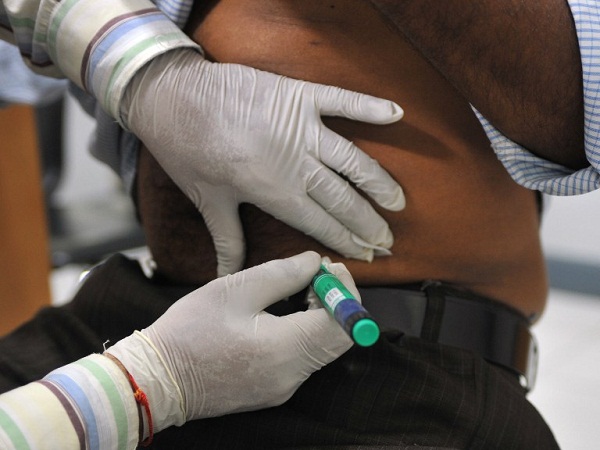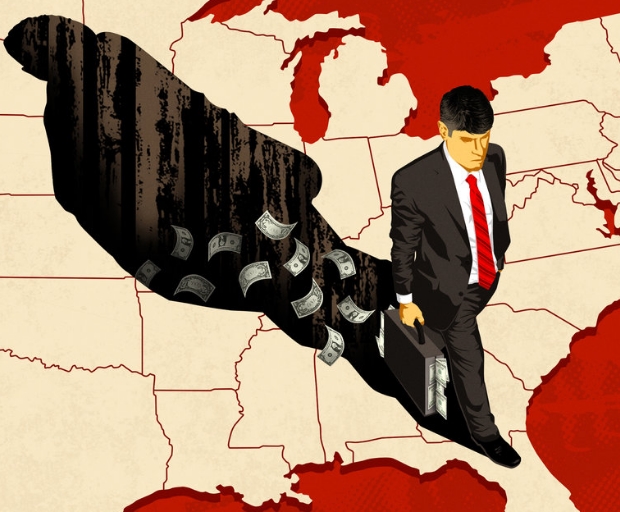 Parler
Parler Gab
Gab
- A new ecological study of Southern California census tracts identified physical inactivity as the single strongest correlate of diagnosed diabetes, responsible for 31% of the model's estimate.
- Other key predictors include lack of routine checkups, lack of health insurance, and food insecurity, painting a picture of a systemic health crisis rooted in access and environment.
- Binge drinking showed a surprising inverse relationship with diabetes prevalence in the region, a complex finding that may relate to socioeconomic factors.
- National data tells a slightly different story, also highlighting obesity, food stamp participation, and racial/ethnic minority status as key drivers, suggesting the need for region-specific public health strategies.
- The research exposes how modern, purpose-starved lifestyles and junk-food-based coping mechanisms are directly correlated with the body's failure to regulate blood sugar.
The inertia of a broken system
The most powerful predictor of diabetes in Southern California was not genetics or even outright obesity, but something far more fundamental: physical inactivity. The study found that a lack of leisure-time physical activity accounted for a staggering 31% of the model's contribution to diabetes prevalence. This is the consequence of a society that has methodically engineered purposeful movement out of daily life, turning human bodies into mush as they cling to comfortable lifestyles and computer-dependent jobs that reward sedentary behaviors. We have become a cognitively lazy and physically dilapidated generation, with organ systems failing from a lack of intention, lack of community based workouts and sports clubs, and lack of resistance training and other meaningful activities. The human body is designed for motion, yet modern conveniences and sedentary jobs have created a environment of physiological stagnation where muscles atrophy and metabolic pathways shut down, directly paving the road to insulin resistance.When the cupboard is bare of real nutrition
Another critical factor identified was food insecurity, which is often wrongly simplified as just a lack of calories. True food insecurity is the scarcity of nutritious food. It forces individuals and families into a desperate reliance on processed, shelf-stable, government-subsidized commodities that are high in refined carbohydrates, industrial seed oils, and sugar. These fake foods, designed for profit and longevity, not health, create a vicious cycle. They spike blood sugar, fail to provide satiety, and deplete the body of essential micronutrients. As Pat Harper outlines in "ChangeOne for Diabetes," controlling blood sugar requires "consuming well-rounded meals that incorporate essential proteins, healthy starches, fresh fruits, and nutrient-rich vegetables." How can a population achieve this when real food is a luxury and processed food is a necessity? Lives that lack purpose - people who are stuck in survival mode - turn to these cheap junk foods just to cope with the economic and relational stresses of modern life.The healthcare access paradox
The study also highlighted the roles of lacking health insurance and foregoing routine checkups. This creates a cruel paradox where those most at risk for chronic disease are the least able to afford the preventive care that could mitigate it. This finding echoes earlier work by researchers like Robbins JM, Vaccarino V, Zhang H, et al., who documented the clear link between low socioeconomic status and type 2 diabetes. Without a consistent point of care, minor blood sugar dysregulation goes unchecked until it becomes a full-blown, life-altering diagnosis. The system then profits from a lifetime of pharmaceutical management and hospitalizations for complications, a trend disproportionately borne by Black and Hispanic individuals, as noted in recent reports. Is this a flaw in the system, or is it the system functioning exactly as designed—to create broke, lifelong patients rather than empowered, healthy individuals? The findings from Southern California, consistent with national data on disparities for African-American and Hispanic populations, are a call to action for radical personal responsibility. We must reject the food system that poisons us and the medical system that merely manages our decline. We must reclaim purposeful movement, seek out nutrient-dense whole foods, and embrace the natural medicine principles that support the body's innate healing intelligence. The power to reverse this metabolic free fall does not lie in a doctor's office or a government program; it lies in the daily choices we make to move, to eat real food, and to take sovereign control over our own well-being. Sources include: MedicalXPress.com JAMANetwork.com Enoch, Brighteon.aiThe caffeine alternative: How your coffee habit might mimic cutting-edge depression treatment
By Willow Tohi // Share
Almonds: The ancient supernut powering modern wellness
By Laura Harris // Share
Loss of rare brain cells may explain how stress leads to dementia, study shows
By Cassie B. // Share
A newly discovered law of nature explains why nothing grows forever
By Lance D Johnson // Share
By Lance D Johnson // Share
An ominous warning from the epicenter of AI
By willowt // Share
Foreign ownership near strategic bomber base raises national security alarms
By willowt // Share
A newly discovered law of nature explains why nothing grows forever
By ljdevon // Share
ICE arrests El Salvador's MOST WANTED gang member amid rising tensions over immigration enforcement
By ramontomeydw // Share









